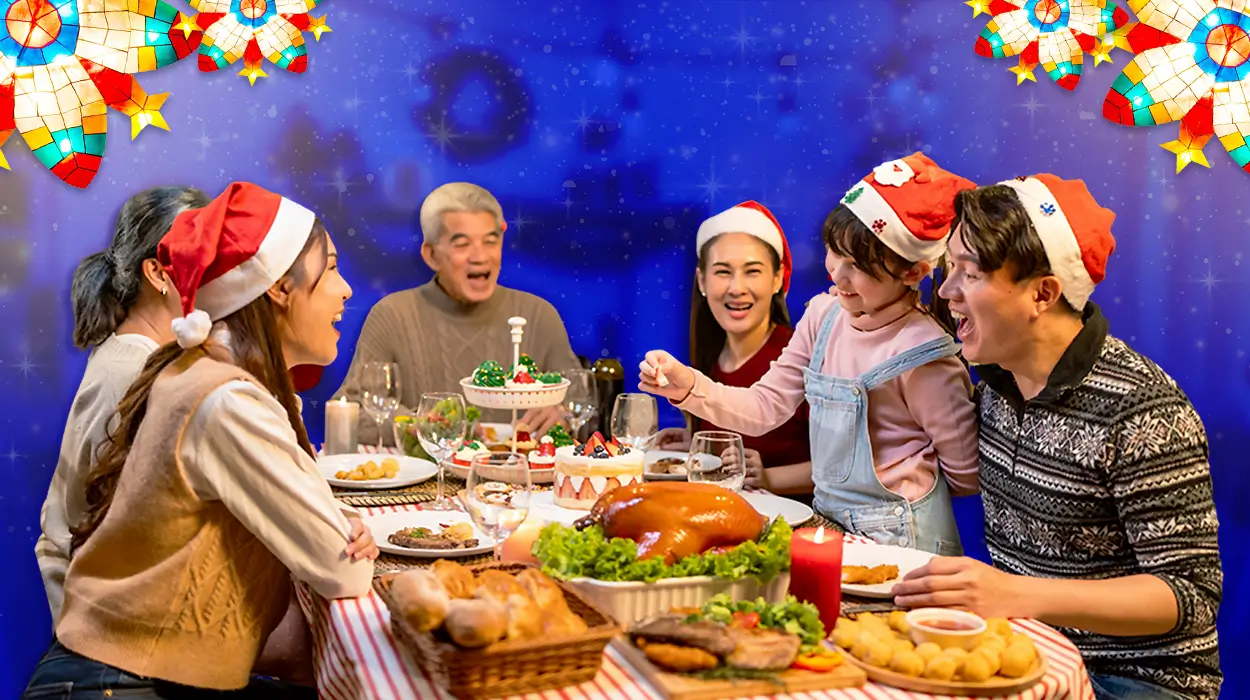The Filipino men’s fashion scene is experiencing a renaissance, with designers who aren’t just creating clothes—they’re starting cultural conversations and redefining what modern Filipino masculinity can look like. These Filipino male designers are pushing boundaries, honoring heritage, and creating fashion that resonates both locally and globally.
Filipino Male Fashion Designers:
- Ezra Santos
- RJ Santos
- Vin Orias
- Francis Libiran
- Michael Cinco
Ezra Santos
Santos has mastered the art of making traditional Filipino materials like piña (pineapple fiber) and banig (woven mats) feel both deeply cultural and globally relevant. His approach bridges the gap between heritage craftsmanship and contemporary luxury fashion.
Santos’ “Modern Archipelago” collection exemplifies his philosophy perfectly. He brought together handwoven textiles from multiple Filipino provinces and transformed them into pieces that honor their cultural origins while meeting contemporary aesthetic standards. His designs showcase the intricate work of traditional Filipino weavers, with each piece representing extensive handwork and centuries-old craftsmanship traditions.
His audience demonstrates genuine engagement with longer-form content, particularly documentary-style videos that explore the craftsmanship process. This suggests that people will invest time in authentic content about traditional Filipino artistry when it’s presented with respect and cultural context.
RJ Santos
While many Filipino designers work within established conventions, Santos pushes boundaries with oversized silhouettes, unexpected layering, and gender-fluid elements that have fashion-forward Filipinos rethinking what men’s clothing can be. His recent collection featuring deconstructed barongs paired with modern streetwear elements generated significant interest across Manila’s fashion scene.
Santos has collaborated with major Filipino retail brands on limited-edition collections that have proven popular with early fashion adopters. His ability to anticipate trends before they go mainstream has established him as a cultural barometer for emerging directions in Filipino men’s fashion.
His work resonates differently across various social media platforms. His Instagram carousels showcasing styled looks perform well because the format effectively displays his complex layering techniques, while his behind-the-scenes content on TikTok appeals to followers interested in his creative process. His audience consists primarily of urban millennials and Gen Z consumers in Metro Manila, Cebu, and international markets—demographics that often influence broader fashion trends.
Vin Orias
While fast fashion dominates many feeds, Orias has built a following by championing the opposite approach—meticulously crafted pieces, small-batch production, and transparent sourcing. His “One Garment Monthly” series showcases individual creations from concept to completion, emphasizing quality over quantity.
Orias represents authentic sustainability in fashion. His audience responds most positively to transparent production content, including artisan spotlights, material sourcing journeys, and skill-building workshops. His “Meet the Hands” series, which introduces the craftspeople behind each garment, often generates more engagement than traditional styled photoshoots.
In an era when consumers are increasingly skeptical of environmental claims, Orias offers credibility through consistent transparency. His approach demonstrates that there’s a growing appetite for genuine commitment to ethical production practices in fashion.
Francis Libiran
Libiran has found a way to make the traditional barong Tagalog appeal across generational lines. His geometric patterns and structured silhouettes have transformed this heritage garment into something that resonates with both older and younger Filipino men.
When Libiran redesigned the barong for the 2019 SEA Games, it sparked renewed interest in modern interpretations of the traditional garment. His ability to refresh tradition while maintaining respect for its origins creates appeal across different age groups.
Libiran’s approach focuses on evolution rather than revolution. He understands that successful modernization of traditional garments requires deep respect for their cultural significance combined with bold vision for their contemporary relevance. His work demonstrates that tradition and innovation can enhance each other when handled with skill and cultural sensitivity.
Michael Cinco
Cinco creates show-stopping designs worn by global celebrities while connecting luxury fashion with meaningful social impact. His current partnership with The Philippine Legacy foundation exemplifies this approach, using fashion as a vehicle for supporting vulnerable communities.
His charity events featuring hand-embroidered couture have successfully combined high fashion with fundraising efforts, creating fashion moments that resonate beyond their immediate context. This combination of exceptional craftsmanship and social cause creates work with genuine emotional resonance.
Cinco has developed what he calls “purpose-driven luxury”—fashion that celebrates exquisite craftsmanship while contributing to meaningful social impact. His work often gains particular attention during international fashion weeks and Filipino cultural celebrations, suggesting these are optimal moments for cultural impact.
FAQs: Male Fashion Industry
What makes these Filipino designers different from other contemporary fashion designers?
These designers distinguish themselves by deeply integrating Filipino cultural heritage into contemporary fashion. Rather than simply following global trends, they’re creating distinctly Filipino expressions that honor traditional materials like piña fiber and banig, traditional garments like the barong Tagalog and terno, and traditional craftsmanship techniques. They’re bridging the gap between heritage and modernity in ways that feel authentic rather than appropriative.
What is piña fiber and why is it significant in Filipino fashion?
Piña fiber is made from pineapple leaves and has been used in Filipino textiles for centuries. It’s particularly significant because it represents the intersection of sustainable materials and traditional craftsmanship. When designers like Ezra Santos incorporate piña into contemporary designs, they’re honoring a textile tradition that showcases Filipino innovation in natural fiber production while creating luxury fashion that’s environmentally conscious.
What is the barong Tagalog and how are designers modernizing it?
The barong Tagalog is a traditional Filipino formal shirt, typically made from lightweight fabrics and often featuring intricate embroidery. Designers like Francis Libiran are modernizing it by introducing geometric patterns, structured silhouettes, and contemporary cuts while maintaining its cultural significance. This modernization makes the garment appealing to younger generations while preserving its role as a symbol of Filipino identity.
What role do traditional Filipino artisans play in contemporary fashion?
Traditional artisans are central to many of these designers’ work. Rather than simply using traditional techniques, designers like Ezra Santos actively collaborate with weavers and craftspeople, ensuring their skills remain relevant and economically viable. This approach helps preserve traditional crafts while providing artisans with contemporary market opportunities. The relationship is collaborative rather than extractive.
How are Filipino designers influencing global fashion?
These Filipino designers are contributing to a broader global movement toward culturally rooted fashion that tells authentic stories. Their success demonstrates that contemporary fashion doesn’t need to be culturally neutral or Western-centric. By creating distinctly Filipino expressions that resonate internationally, they’re expanding global fashion’s cultural vocabulary and showing that regional traditions can inform universal aesthetic conversations.
The fashion pioneers reshaping Filipino masculinity in 2025 represent authentic cultural innovation that honors heritage while boldly imagining the future. In a landscape often dominated by fast fashion and fleeting trends, these changemakers are creating work that audiences find genuinely meaningful.
These designers demonstrate that Filipino fashion has evolved beyond adapting Western trends. They’re creating distinctly Filipino expressions that speak to global audiences while remaining rooted in local culture and craftsmanship traditions. Their success suggests a growing appetite for fashion that tells stories, honors heritage, and pushes creative boundaries.
M2.0 Communications is a Public Relations Firm that specializes in business, technology, and lifestyle communication. We offer a range of PR services including corporate communications, media relations, social media marketing, influencer marketing, and video production. Learn more about our work on our case studies page.



